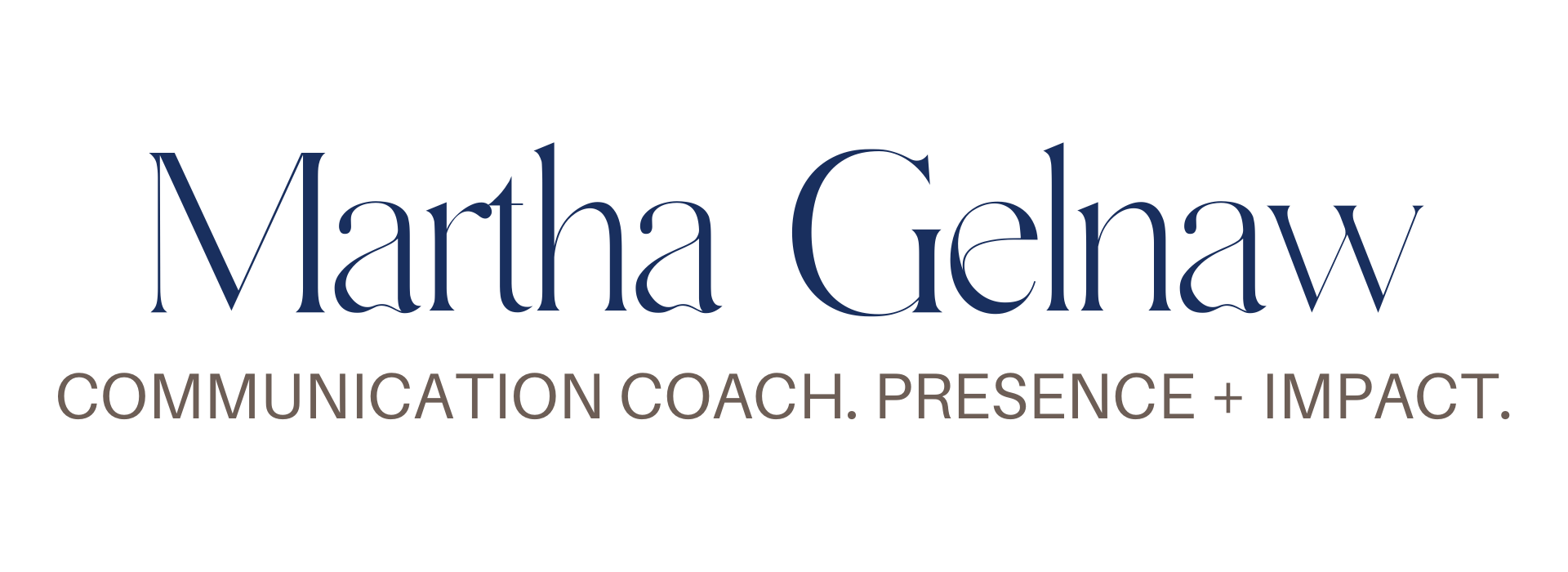I worked with a client who had a strong personality. He arrived from his former organization where conflict was normalized to his new firm that had a more mature environment.
Having had been a single contributor and now having to work with and manage a team, he was at a loss. He couldn’t understand why he was having difficulty with people in the office and there were complaints filed for his behavior. He could not afford this risk.
In order to get his deals accepted, he’d have to rely on the interdependency of the team to support him. A focus on moods and emotions felt like a good place to start. Because when we are not aware of the effect of our communication on others, we can default to behaviors that don’t support our mission.
We began by examining the distinction between reaction and response.
Our first emotional reaction is often fear or anger.
When we know how to take a moment to find the language to form a response which is not reactive, we will bring others toward us and not away from us. It’s about how to engage our thoughtful brain.
A response is skillful. It is filtered with language and wisdom.
There is the distinction between Intent and Impact. What do we intend to have happen? Yet, the impact is how you make others feel while carrying out your intention. Once these two are aligned, you win friends, not make enemies.
Know that both negative and positive moods and emotions have what is called a body shape. By changing your negative body shape to a positive body shape, you can more easily adjust into the positive moods and emotions. When we are able to recognize the unsupportive negative moods and avoid them – it serves to make you a more successful team player.


